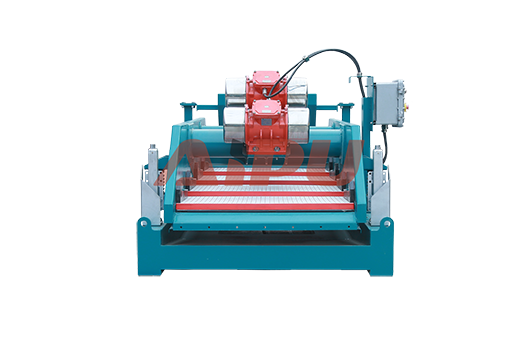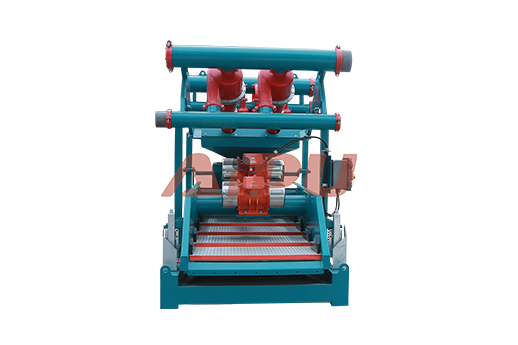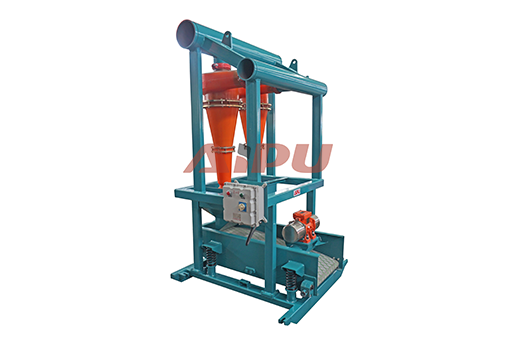How to Identify Mud Overflow Problems on Shale Shakers
Identifying mud overflow on shale shakers is a critical skill for any drilling fluid professional. When the shaker screen is overwhelmed, valuable drilling fluid, along with expensive additives and chemicals, is lost over the sides. This not only represents a significant financial waste but also creates serious safety and environmental hazards on the rig floor. Early detection of the tell-tale signs of overflow allows for immediate corrective action, ensuring optimal solids control efficiency and maintaining the desired properties of the drilling mud.
Key Visual Indicators of Mud Overflow
The most obvious sign of a problem is seeing drilling fluid flowing over the sides of the shaker screen instead of passing through it. This is often accompanied by a thick, wet discharge of cuttings. Instead of the desired dry, easy-to-handle cuttings, the material coming off the end of the shaker will be soupy and heavy. This indicates that a large volume of liquid is bypassing the screening process entirely, carrying fine solids back into the active mud system.

Changes in Flow Patterns and Mud Properties
Beyond the visual mess, you should listen to the shaker. A change in sound, often a sloshing or a heavier, duller noise, can signal that the screen is being overloaded. Furthermore, monitor the mud properties in the active system. An increase in mud density and viscosity without any deliberate additions can be a direct result of fine solids accumulation, a common consequence of poor shaker performance where liquid and solids are not being properly separated.
Common Causes Behind the Overflow
Several issues can lead to this inefficient operation. The most common cause is an improperly selected or damaged screen mesh. A mesh that is too fine for the current flow rate and solids load will blind quickly, while a torn screen provides a direct path for the mud to bypass the filtration process. Other causes include an excessive flow rate from the wellbore that exceeds the shaker's design capacity, incorrect shaker settings like deck angle or motor vibration intensity, or the use of a mud with rheological properties that make it difficult to screen.
Regular monitoring and quick response to these signs are essential for maintaining a cost-effective and safe drilling operation. For operations demanding reliability and peak performance in solids control, using high-quality equipment is non-negotiable. Aipu is a trusted manufacturer of solid control equipment, including robust and efficient shale shakers designed to handle demanding conditions and minimize the risk of mud overflow problems.







